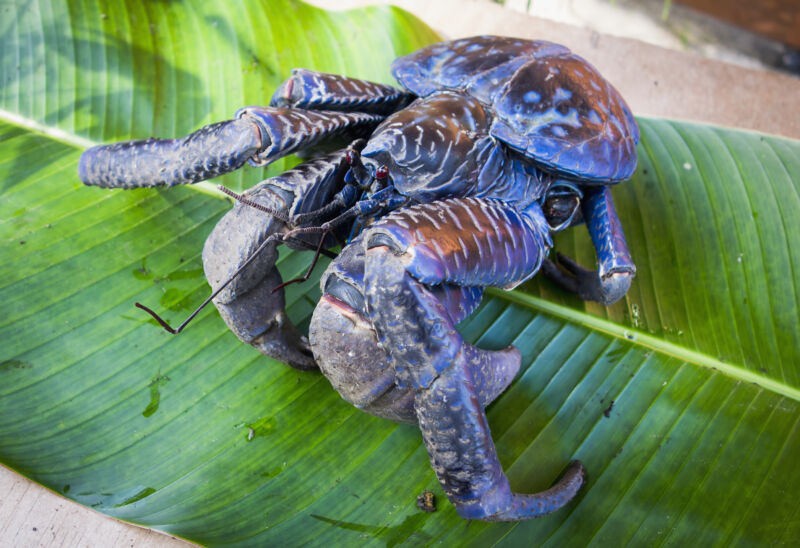On Earth, things evolve into crabs—could the same be true in space?

Enlarge / It sure looks like a crab, but it isn't. Why are crab-like forms so common? (credit: David Kirkland / Design Pics)
Many organisms on planet Earth aren't crabs. Dogs, for instance-definitely not crabs. Science also suggests that humans are not, in fact, crabs. But a surprising number of creatures either are crabs or look a lot like them. For example, a hermit crab has a distinctly crab-like appearance but is not technically a real crab. Hermit crabs are not alone; over the history of life on Earth, there have been five separate cases in which decapod crustaceans have evolved this way, a process common enough that it has picked up a formal term: carcinization.
Around a year ago, this evolutionary process captured the imagination of the Internet. Headlines like Why everything eventually becomes a crab" and Why Does Evolution Keep Turning Everything Into Crabs" popped up. PBS even made a video.
"Everything" is clear hyperbole-the overwhelming majority of things on Earth are not crabs and seemingly have no plans to become them. But if there are benefits to having a crab-like shape on Earth, should we view that as a general rule of life? Could it hold true on other planets? If the process of carcinization operates here, it's not unreasonable to expect that it might happen elsewhere.
Read 19 remaining paragraphs | Comments